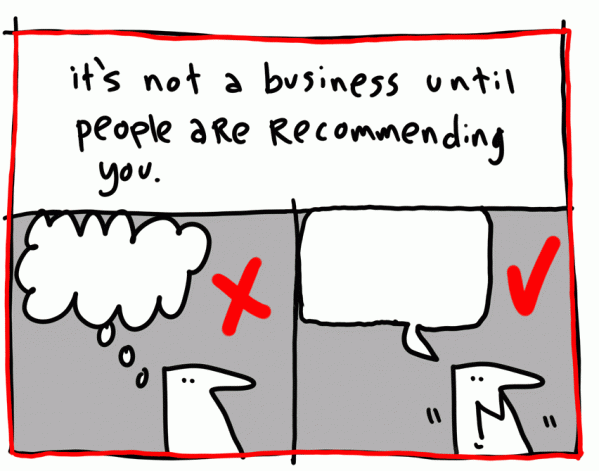The 3 Ways We Go Wrong Asking Nonprofit Boards to Help Raise Funds – Part 1
Last week I tuned in to the Nashville t.v. series premiere. Almost the first words to come out of someone’s mouth (a dad to his daughter): “Honey, it’s bad manners to talk about money.” I recently explored the money taboo as it relates to fundraising. Today’s post digs a bit deeper. Subsequent posts will dig…
Details






